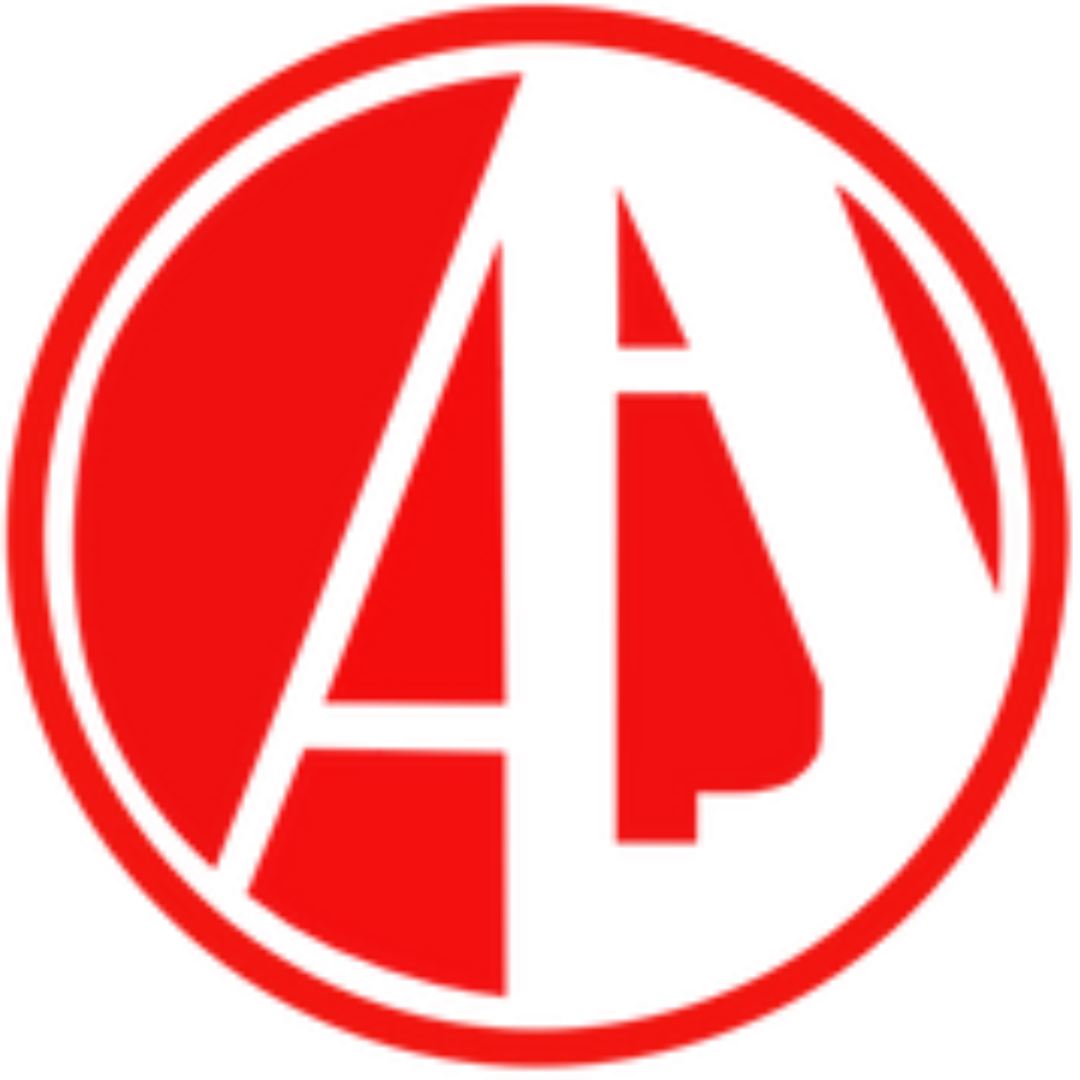Courses
Level 1
Course details
PLC 1
CNTR8051
Communications for Effective Management in Industry
COMM8381
Conestoga 101
CON0101
Electrical Fundamentals and Motor Controls
ELEC8016
Electrical Code for Engineers
ELEC8021
Introduction to Occupational Health and Safety Legislation
OHS8196
Programming Web Design and Development
PROG8255
Introduction to Logistics and Transportation Operations
TRAN8000
Level 2
Course details
Business Applications
BUS8670
PLC 2
CNTR8061
A/C and D/C Motors
ELEC8090
Energy Storage, Conversion and Charging
ERGY8041
Fluid Power
MECH8140
Hazard Identification
OHS8036
Level 3
Course details
PLC 3
CNTR8070
A/C and D/C Drives
ELEC8051
Warehouse Automation Systems
MACH8120
Scheduling, Planning, and Distribution Automation
MACH8130
Introduction to Project Management For Industry
MGMT8631
Industrial Visualization
PROG8076
Basic Robotic Systems
ROBO8050
Level 4
Course details
Career Management
CDEV8132
Capstone (Applied Electrical Motion and Control Management)
ELEC8081
Ethics and Safety in Logistics Automation
ETHS8060
Human Resources Management for Industry
HRM8381
Health and Safety Management
OHS8226
Production Planning and Strategy
OPER8160
Program outcomes
Integrate control system functions and tools to support automation solutions for new electrical equipment.
Plan, design and maintain new control systems to integrate with existing systems and equipment.
Configure and maintain network motor, drive and control systems, ensuring correct grounding, isolation and protection.
Design and implement system monitoring and visualization tools to identify system errors and facilitate troubleshooting in compliance with industry specifications and standards.
Analyze control and system design models to ensure accurate customer requirements prior to implementation.
Make management level decisions within a production environment in alignment with organizational and strategic goals.
Evaluate operating conditions for production equipment to ensure it is operated in compliance with occupational health and safety regulations and established standard operating procedures.
Create written, oral and graphical communications that are professional and accurate.
Resolve conflict in an interdisciplinary setting using professional communication that supports an effective team environment.
Show less











